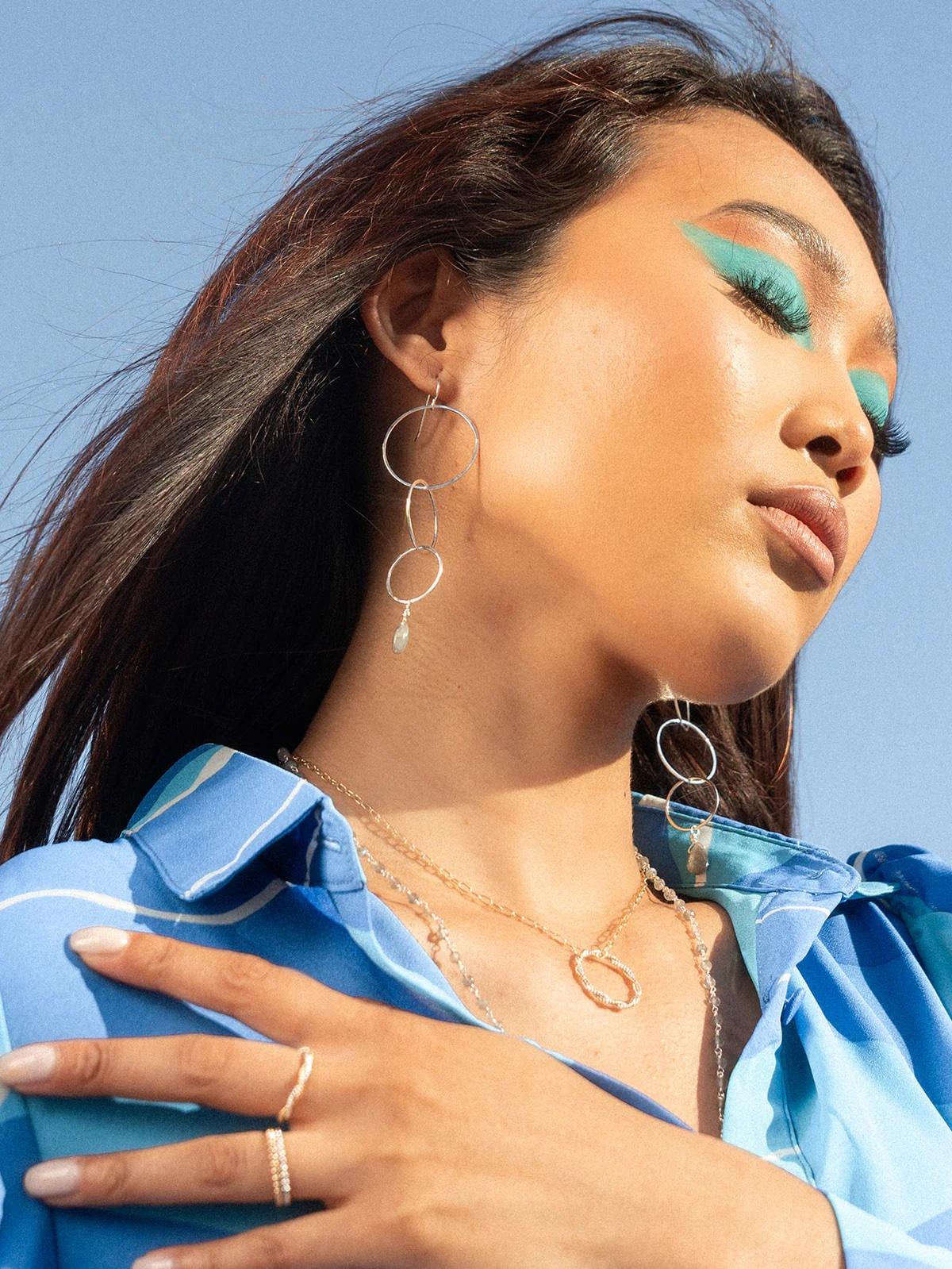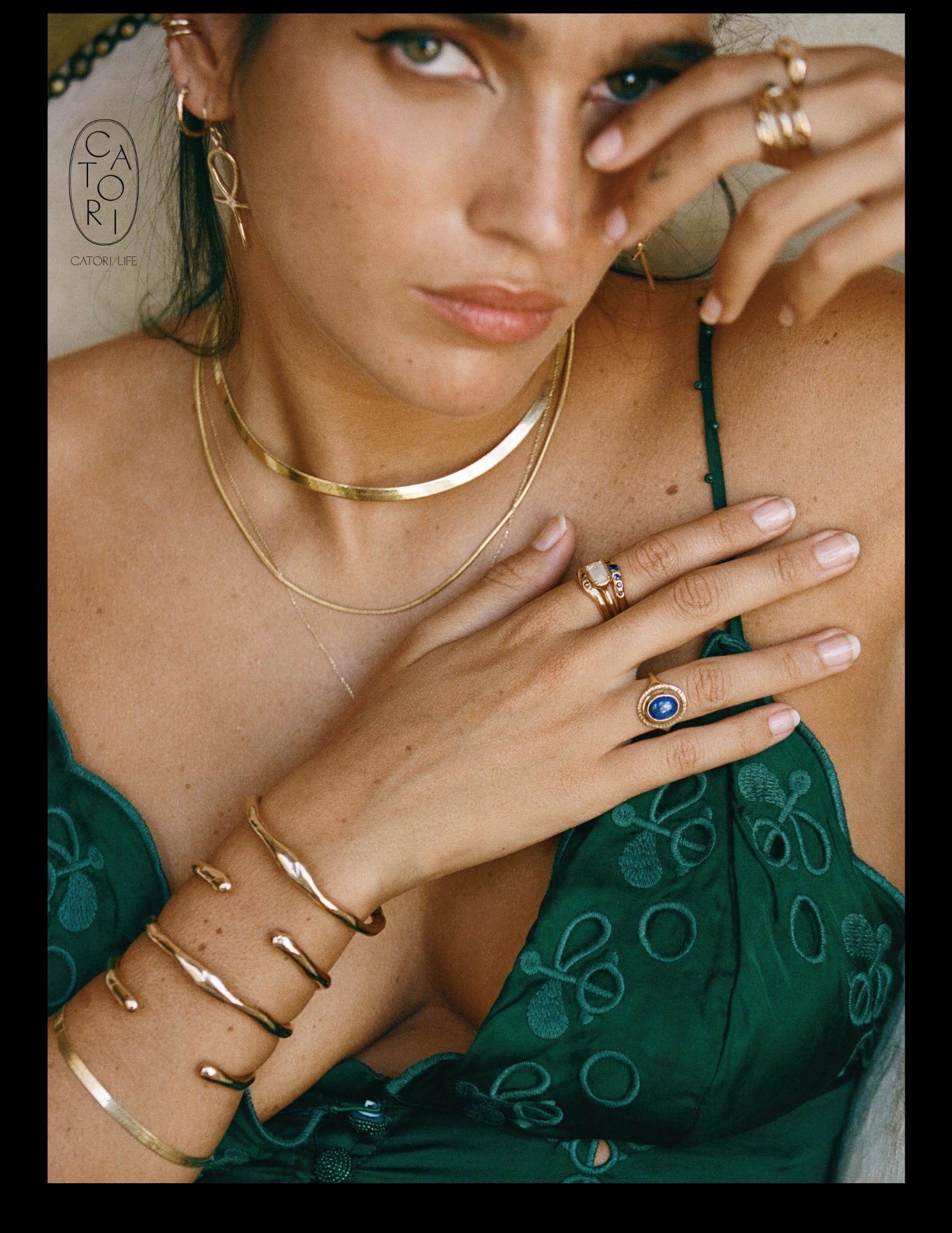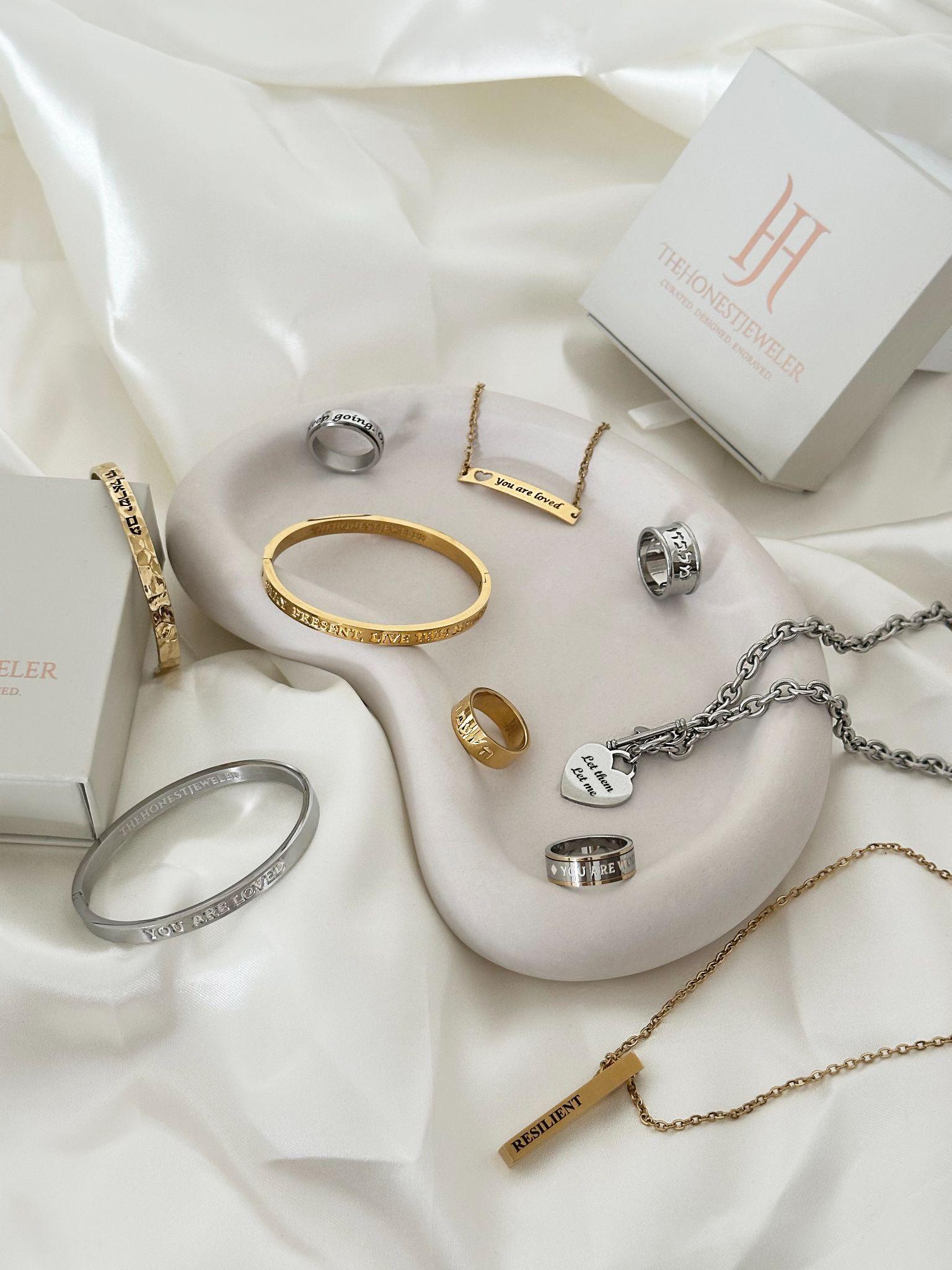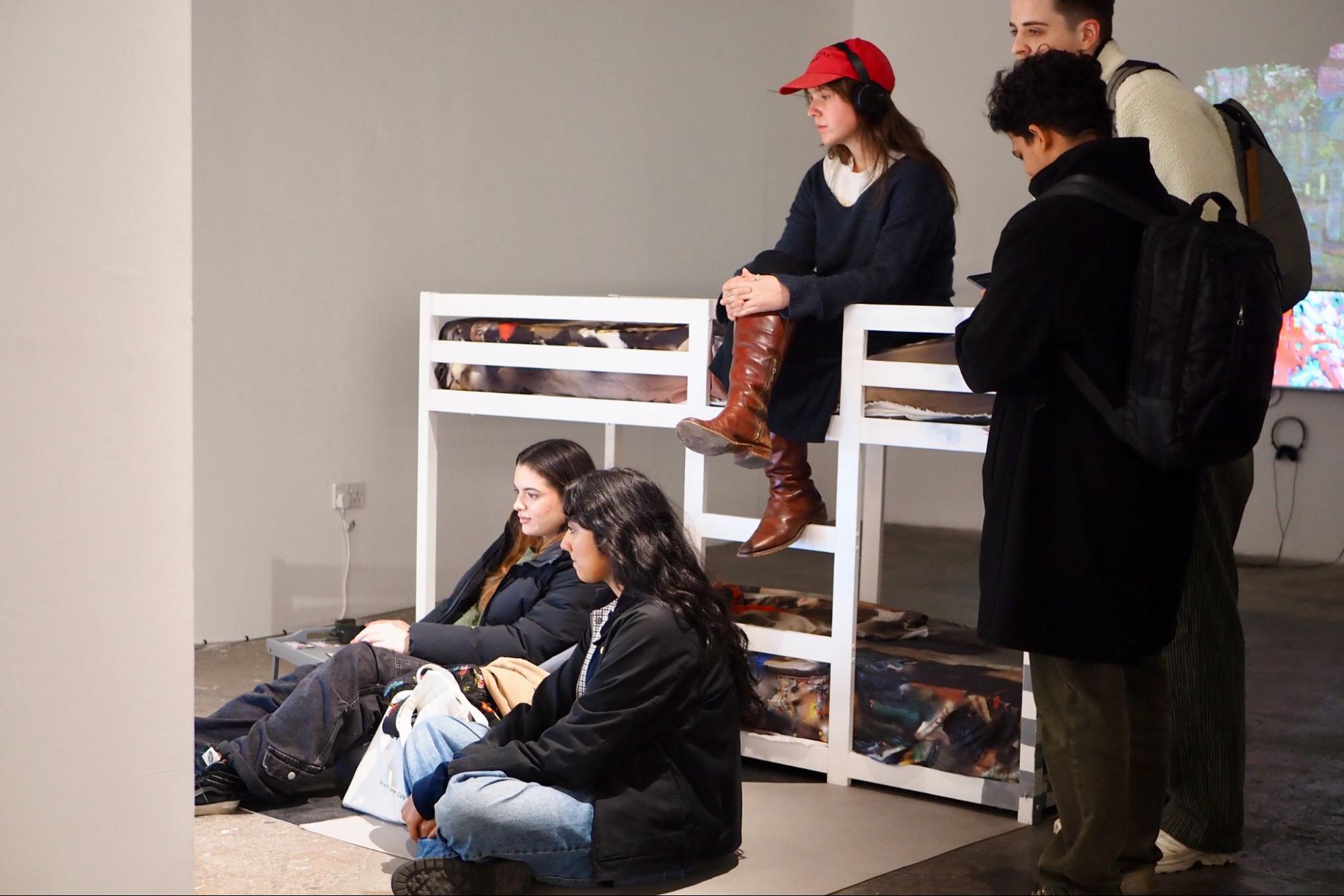Jewelry can be a tough gift to get right. Beauty is subjective, but even the most gorgeous piece can fall flat without the proper sentiment behind it. For many people, a piece of jewelry can be sentimental–it may be a family heirloom, an engagement ring, or engraved with a deeply meaningful message. Some jewelry brands go beyond the aesthetic to focus on the meaning behind the piece, with jewelry inspired by classic literature or symbols of nature and humanity. This holiday season, consider finding jewelry that’s not just a treat to the eyes, but a treat for the soul.
Check out these ethical jewelry brands:
Alighieri
Alighieri is a jewelry brand whose pieces are equally as captivating as its name. Inspired by Dante Alighieri’s Divine Comedy, Alighieri sells timeless heirlooms hand-carved and cast in the UK. The Leone Medallion brings strength and courage, just as Dante sought in the dark forest, while The Poet’s Pencil Necklace celebrates the magic every reader finds when they get lost in a good book. Every piece is made using 100% recycled bronze, silver, and gold, with ethically sourced gemstones and low-carbon practices. With each piece rooted in story, Alighieri jewelry is a fitting gift for the literary-lover in one’s life. Check it out at alighieri.com.
Kenda Kist
Kenda Kist Jewelry is led by NC-based artist Kenda Kistenmacher, who handcrafts and designs each piece with her husband and children. Kenda Kist uses responsibly mined precious metals and local materials wherever possible to reduce its carbon footprint while supporting local businesses. Pieces range from timeless Pearl Hoop Earrings to modern Sterling Silver Snake Stud Earrings, lending a dash of elegance to everyday style. Woman-led, family-operated, and sustainably produced, this brand offers the gift of guilt-free jewelry for the holidays. Browse the collection at kendakist.com.
Catori Life
Catori Life leans into the spiritual side of jewelry, with ethically-made pieces designed for a humanity that lives in balance with nature. The Gold Ankh Necklace bears an ancient Egyptian hieroglyph that symbolizes life, protection, and rebirth, while the Wild Rose Necklace honors the wild mountain rose, which grows freely and untamed in the forests. Each piece holds deep meaning, with beautiful designs that mirror the beauty of the earth and its people. View the full collection at catorilife.com.
Hathorway
Hathorway is named for Hathor, the Egyptian goddess of love and beauty. As the goddess was known for wearing a headdress made of cow horns, Hathor pieces are crafted from ethically sourced buffalo horns, giving testament to the beauty of these awesome creatures. Because they’re made from organic materials, each piece is truly unique, with its own patterns and designs. The Hanoi Triple Crescent Buffalo Horn Earrings are dark and angular, while the Tron Buffalo Horn Minimalist Bangle Bracelets add simple glamour to any look. Find more at hathorway.com.
The Honest Jeweler
The Honest Jeweler takes a simple necklace, bracelet, or spinner ring, and turns it into an anchor, grounding the wearer in the present moment. The brand’s signature spinning rings provide a soothing motion to relieve anxiety and offer encouragement through custom engravings. From religious inscriptions of faith to positive affirmations, each piece of custom-engraved jewelry can serve as a reminder to stop, breathe, and remember the beauty of life. Anyone who needs a little boost for the holidays will enjoy one of these thoughtful, uplifting pieces of jewelry. Learn more at thehonestjewelershop.com.
Luna & Rose
Luna & Rose is an ethical jewelry brand that champions minimal environmental impact and a wholehearted embrace of conscious consumption. Its necklaces feature religious icons like St Anne (Patron Saint of Mothers), ancient goddesses like Aphrodite, and even historical heroes like Joan of Arc. The brand also designs simple yet elegant pieces like the gorgeous Polly Triple Pearl Ring, which relies on traditional wax carving techniques to turn 2D designs into timeless, high-quality jewelry. Learn more at lunaandrose.com.


















